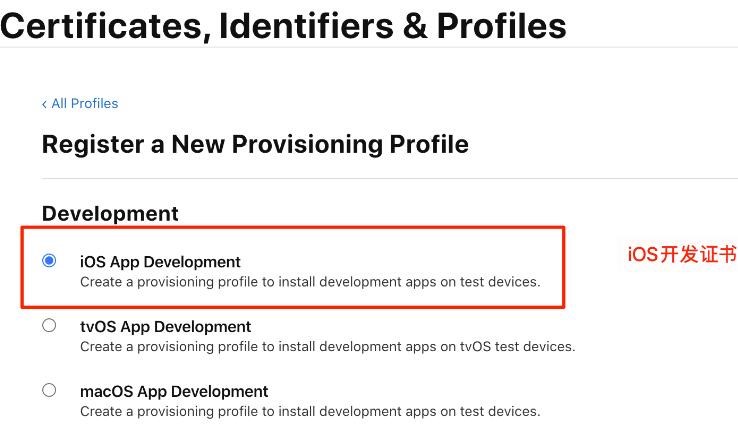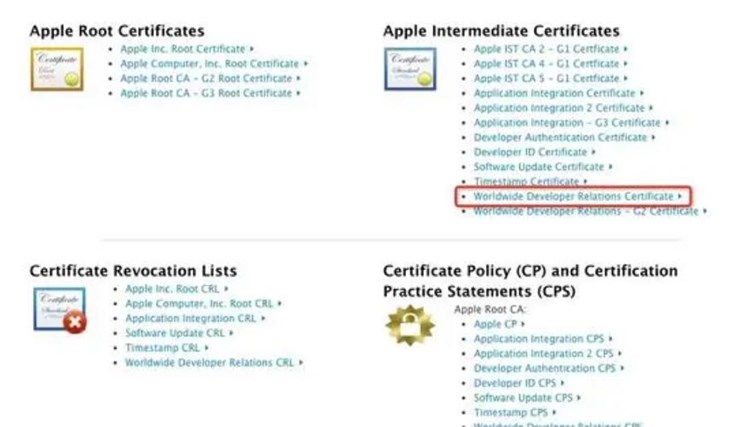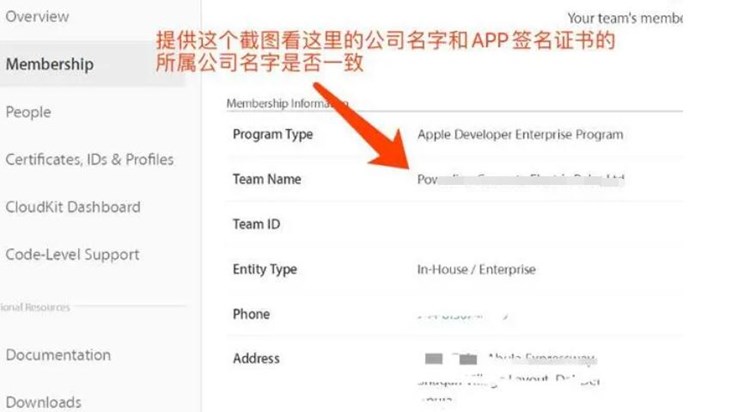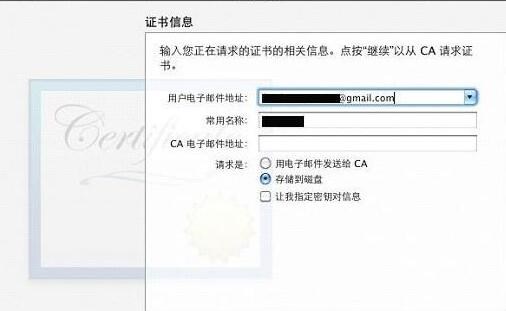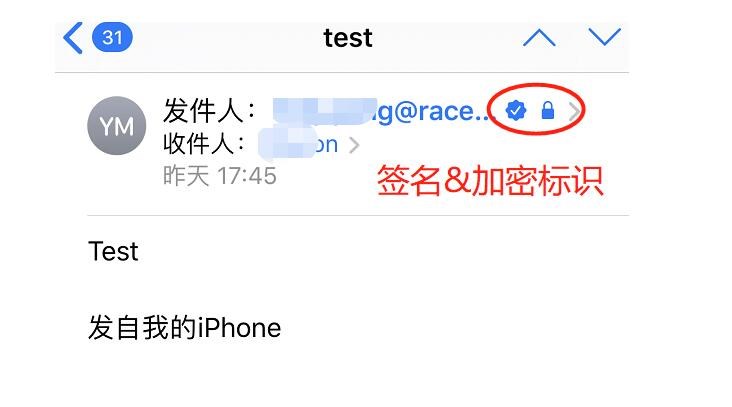在iOS应用程序中,HTTPS请求是常见的网络请求方式。HTTPS可以保证数据传输的安全性,防止第三方窃取数据。在HTTPS请求中,证书是非常重要的一部分,它用于验证服务器身份和保证数据传输的安全性。下面将介绍iOS中HTTPS请求证书的原理和详细介绍。
一、HTTPS请求证书的原理
HTTPS请求证书的原理是通过SSL/TLS协议来实现的。SSL/TLS协议是一种加密通信协议,它可以保证数据传输的安全性。在SSL/TLS协议中,证书是非常重要的一部分,用于验证服务器身份和保证数据传输的安全性。
当客户端向服务器发送HTTPS请求时,服务器会返回一个数字证书。数字证书是由证书颁发机构(CA)签发的,证书颁发机构是一个可信的第三方机构,用于验证服务器的身份。客户端会验证证书的有效性,并检查证书中的公钥是否与服务器公钥匹配。如果验证成功,客户端就可以使用证书中的公钥进行加密,保证数据传输的安全性。
二、iOS中HTTPS请求证书的详细介绍
在iOS中,HTTPS请求证书的验证是由NSURLConnection和NSURLSession两个类来完成的。NSURLConnection是iOS早期版本中使用的网络请求类,NSURLSession是iOS7之后推出的网络请求类,功能更为强大和灵活。
1. NSURLConnection
NSURLConnection是iOS早期版本中使用的网络请求类,它可以通过设置代理来实现HTTPS请求证书的验证。具体步骤如下:
(1)创建NSURLConnection对象,并指定请求的URL和代理对象。
NSURLConnection *connection = [[NSURLConnection alloc] initWithRequest:request delegate:self];
(2)实现代理方法connection:willSendRequestForAuthenticationChallenge:,在该方法中进行证书验证。
- (void)connection:(NSURLConnection *)connection willSendRequestForAuthenticationChallenge:(NSURLAuthenticationChallenge *)challenge
{
if ([challenge.protectionSpace.authenticationMethod isEqualToString:NSURLAuthenticationMethodServerTrust]) {
SecTrustRef serverTrust = challenge.protectionSpace.serverTrust;
if ([self isServerTrustValid:serverTrust]) {
[challenge.sender useCredential:[NSURLCredential credentialForTrust:serverTrust] forAuthenticationChallenge:challenge];
} else {
[challenge.sender cancelAuthenticationChallenge:challenge];
}
} else {
[challenge.sender continueWithoutCredentialForAuthenticationChallenge:challenge];
}
}
(3)实现isServerTrustValid方法,用于验证证书的有效性。
- (BOOL)isServerTrustValid:(SecTrustRef)serverTrust
{
BOOL isValid = NO;
SecTrustResultType result;
OSStatus status = SecTrustEvaluate(serverTrust, &result);
if (status == errSecSuccess) {
if (result == kSecTrustResultUnspecified || result == kSecTrustResultProceed) {
isValid = YES;
}
}
return isValid;
}
2. NSURLSession
NSURLSession是iOS7之后推出的网络请求类,它可以通过设置NSURLSessionDelegate代理来实现HTTPS请求证书的验证。具体步骤如下:
(1)创建NSURLSession对象,并指定代理对象。
NSURLSessionConfiguration *configuration = [NSURLSessionConfiguration defaultSessionConfiguration];
NSURLSession *session = [NSURLSession sessionWithConfiguration:configuration delegate:self delegateQueue:nil];
(2)实现代理方法URLSession:didReceiveChallenge:completionHandler:,在该方法中进行证书验证。
- (void)URLSession:(NSURLSession *)session didReceiveChallenge:(NSURLAuthenticationChallenge *)challenge completionHandler:(void (^)(NSURLSessionAuthChallengeDisposition, NSURLCredential * _Nullable))completionHandler
{
if ([challenge.protectionSpace.authenticationMethod isEqualToString:NSURLAuthenticationMethodServerTrust]) {
SecTrustRef serverTrust = challenge.protectionSpace.serverTrust;
if ([self isServerTrustValid:serverTrust]) {
NSURLCredential *credential = [NSURLCredential credentialForTrust:serverTrust];
completionHandler(NSURLSessionAuthChallengeUseCredential, credential);
} else {
completionHandler(NSURLSessionAuthChallengeCancelAuthenticationChallenge, nil);
}
} else {
completionHandler(NSURLSessionAuthChallengePerformDefaultHandling, nil);
}
}
(3)实现isServerTrustValid方法,用于验证证书的有效性,与NSURLConnection中的方法相同。
三、总结
HTTPS请求证书是保证数据传输安全的重要手段之一。在iOS中,可以通过NSURLConnection和NSURLSession两个类来实现HTTPS请求证书的验证。证书验证的过程需要验证证书的有效性,并检查证书中的公钥是否与服务器公钥匹配,以保证数据传输的安全性。



